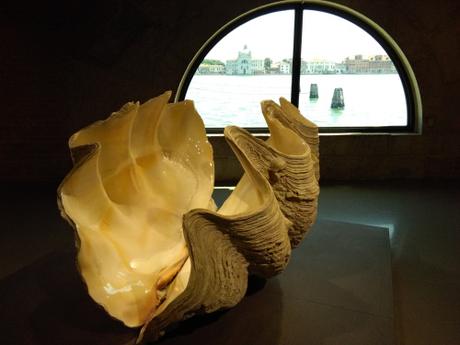In the second part of these two posts on health/science books I have recently read, I will focus on Gene by Siddhartha Mukherjee. I was particularly interested in getting to grips with this book as there is lots of chatter about genes. I have become aware of the fact that it is all too easy to merrily throw on some bullet points about genome testing, personalised health plans and diets etc, but what does this actually mean?
In reading Gene, I was struck by the fact that in order to understand how our thinking about genes has developed over time, we need to go back and look at how science explains differences between and among ourselves and also other living organisms. Perhaps, therefore not surprisingly, we spend some time with Darwin, as well as looking back at Greek philosophers/scientists, whose perspectives were always, surprisingly insightful/provocative, despite they effectively ‘knew’ less than we do now.
There was a section on the interest in eugenics in the US in the 1920s. Reading this made me realize how, when we look back in time, we often make simplistic assumptions about what ideas to associate with particular eras. Eugenics – that was obviously the handiwork of those nasty Nazis – well, not just them it seems. A number of medical professionals and politicians in the US were determined to stop ‘bad heredity’ and to set up ‘eugenic sterilizations of the feeble-minded’. In 1927, the state of Indiana passed a law to sterilize ‘confirmed criminals, idiots, imbeciles and rapists’ and other states followed with even stricter laws to sterilize men and women judged to be genetically inferior. This preoccupation with the right heredity was reflected in popular culture at the time, for example, by the late 1920’s, premarital genetic-fitness tests were being widely advertised to the American public. However, it is important to remember DNA testing, as we know it, had not yet been uncovered. Instead, they consisted of assessments of family histories to pick up on incidences of mental retardation, epilepsy, deafness, dwarfism, blindness etc.
It was not until the 1950’s that the chemical structure of the gene was uncovered. I find it fascinating that so much had already happened, eg laws instituted, as described above, around a part of ourselves – the genome – which we had not really ‘seen’ as such and did not know really how it worked. As a child of the modern era, I have the naïve and simplistic assumption that we know everything before we decide to ‘use’ it!
Reading Gene made me realize that there in fact is much more uncertainty around the impact genes have than perhaps comes across in popular media and culture. One aspect to this is that there still seems to be much life in the nature versus nurture debate. This is down to the fairly new area within gene studies of epigenetics. As explained here, “Epigenetics is essentially additional information layered on top of the sequence of letters (strings of molecules called A, C, G, and T) that makes up DNA. If you consider a DNA sequence as the text of an instruction manual that explains how to make a human body, epigenetics is as if someone’s taken a pack of highlighters and used different colours to mark up different parts of the text in different ways. For example, someone might use a pink highlighter to mark parts of the text that need to be read the most carefully, and a blue highlighter to mark parts that aren’t as important….But the really interesting thing about epigenetics is that the marks aren’t fixed in the same way the DNA sequence is: some of them can change throughout your lifetime, and in response to outside influences. Some can even be inherited, just like some highlighting still shows up when text is photocopied.” So it seems looking at what it’s in your genome will only tell you so much; the messiness of real life has an important impact.
Another angle is the fact that only about 1 percent of our genome encodes proteins. The rest is DNA dark matter. It is still incompletely understood, but some of it involves regulation of the genome itself. As a reviewer observed, “Ironically, the more we study the genome, the more “the gene” recedes. … Some scientists are even moving away from the gene as a physical thing. They think of it as a “higher-order concept” or a “framework” that shifts with the needs of the cell. The old genome was a linear set of instructions, interspersed with junk; the new genome is a dynamic, three-dimensional body. The gene is not a Platonic ideal. It is a human idea, ever changing and always rooted in time and place.”
It makes me wonder what Gene – An Intimate History would include if it was written a hundred years from now?

